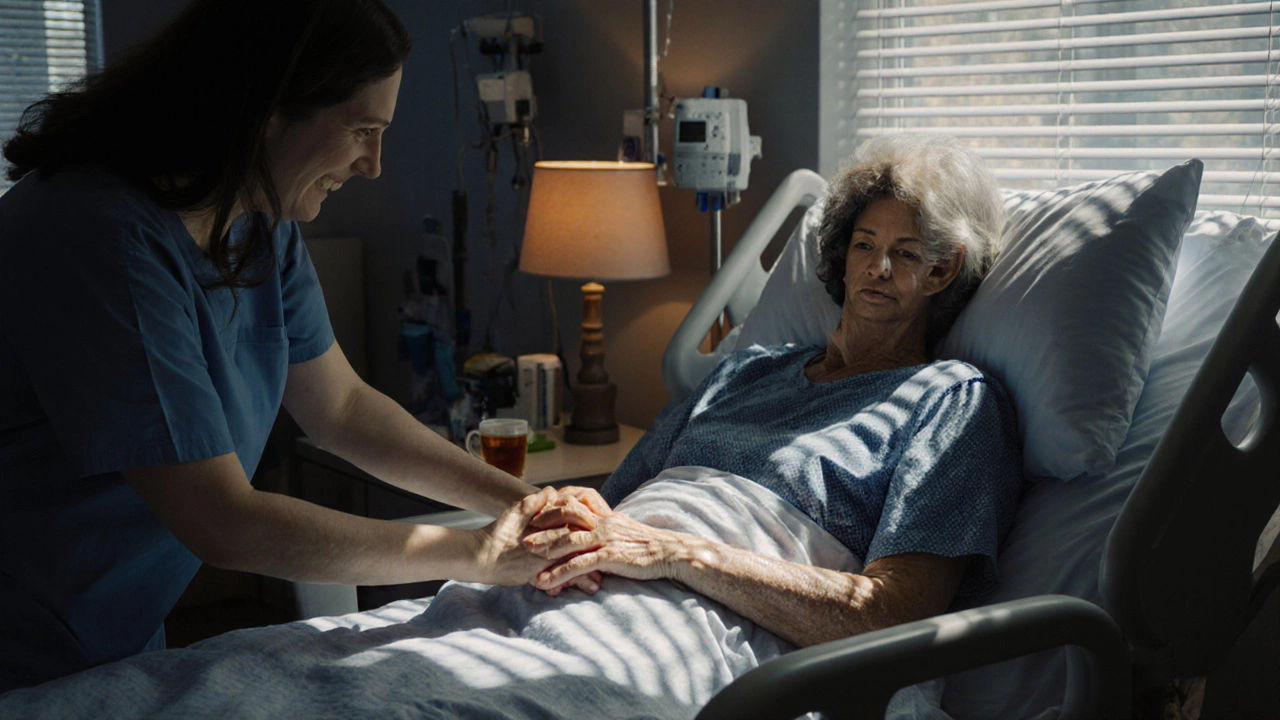Chemo Side Effects: What to Expect and How to Manage Them
When someone goes through chemotherapy, a treatment that uses powerful drugs to kill cancer cells. Also known as chemo, it’s one of the most common ways to fight cancer—but it doesn’t just target cancer. It affects healthy cells too, which is why side effects happen. Not everyone gets the same side effects. Some people feel fine for weeks. Others struggle with nausea, tiredness, or mouth sores from day one. It depends on the type of cancer, the drugs used, your age, and your overall health.
Common chemo side effects, the physical reactions caused by cancer drugs include fatigue, vomiting, hair loss, low blood counts, and loss of appetite. These aren’t just inconveniences—they can change how you live. Fatigue isn’t just being tired; it’s a deep exhaustion that sleep doesn’t fix. Nausea might not show up until days after treatment. And low white blood cell counts? That means you’re more likely to get sick from a cold or even a hug from a relative.
There’s also the emotional side. Anxiety about the next round. Worry over whether the treatment is working. Guilt for needing help. These aren’t talked about enough, but they’re real. And they’re part of the full picture of chemotherapy, a treatment that fights cancer but demands a lot from the body and mind. The good news? Many side effects can be managed. Anti-nausea meds, scalp cooling caps, nutritional support, and even gentle movement like walking can make a difference. Some people find relief with natural support like ginger tea or acupuncture—though you should always check with your oncologist first.
What you’ll find in the posts below are honest, practical stories and advice from people who’ve walked this path. One post breaks down whether chemo is even worth it for stage 4 cancer, weighing survival odds against quality of life. Another looks at how diet and supplements might help ease symptoms. You’ll see what works, what doesn’t, and what doctors actually recommend—not just what’s sold online. These aren’t generic lists. They’re real experiences tied to real science, filtered through the lens of Indian healthcare settings where access, cost, and support systems vary widely.
There’s no one-size-fits-all answer to chemo side effects. But you’re not alone in figuring it out. The posts here give you tools—not promises—to make the journey more manageable, one day at a time.
Why Can't You Touch a Chemo Patient? Simple Rules for Safety and Support
You can't touch a chemo patient without understanding the risks. Learn why simple contact can be dangerous-and how to support them safely with love, not risk.
read more
